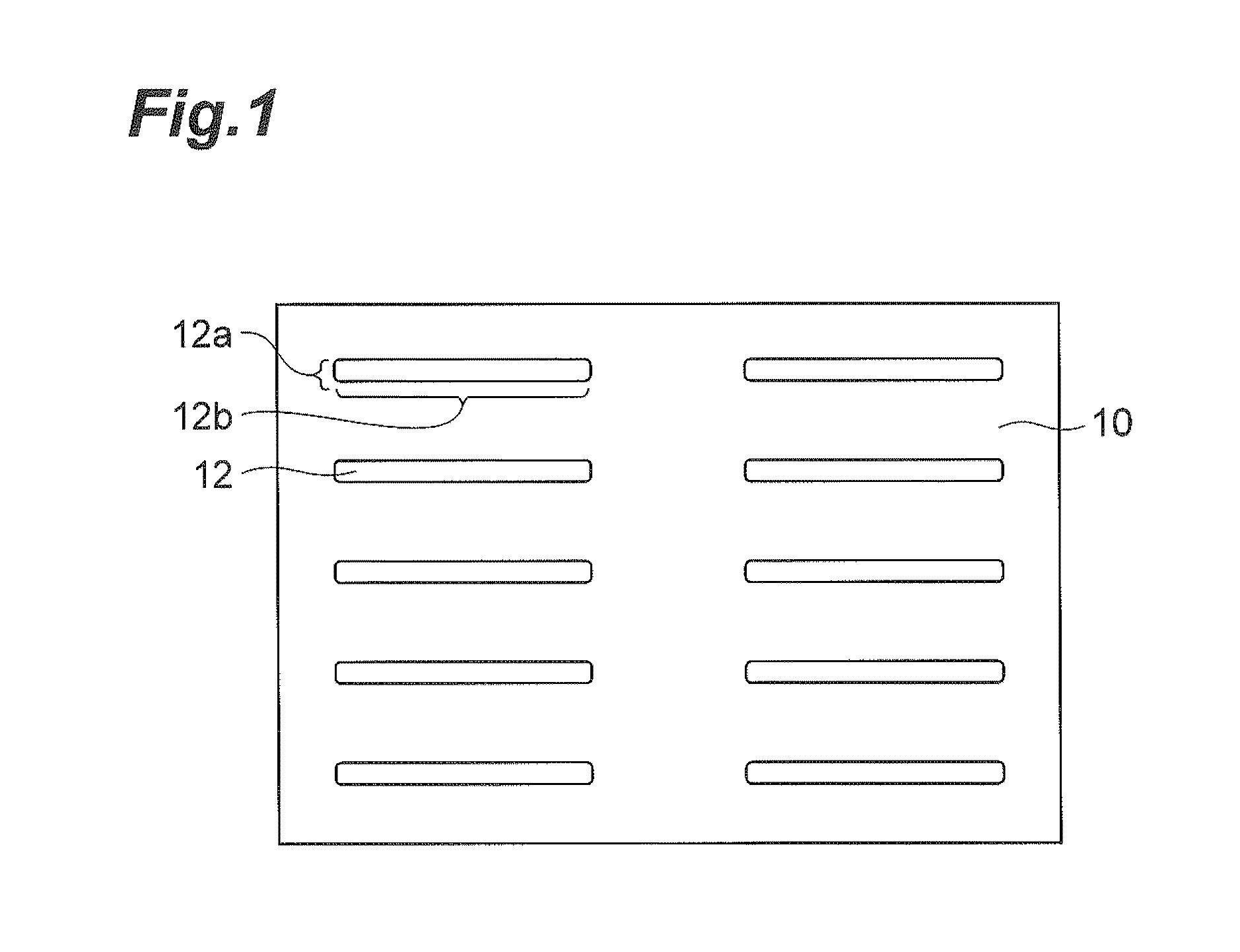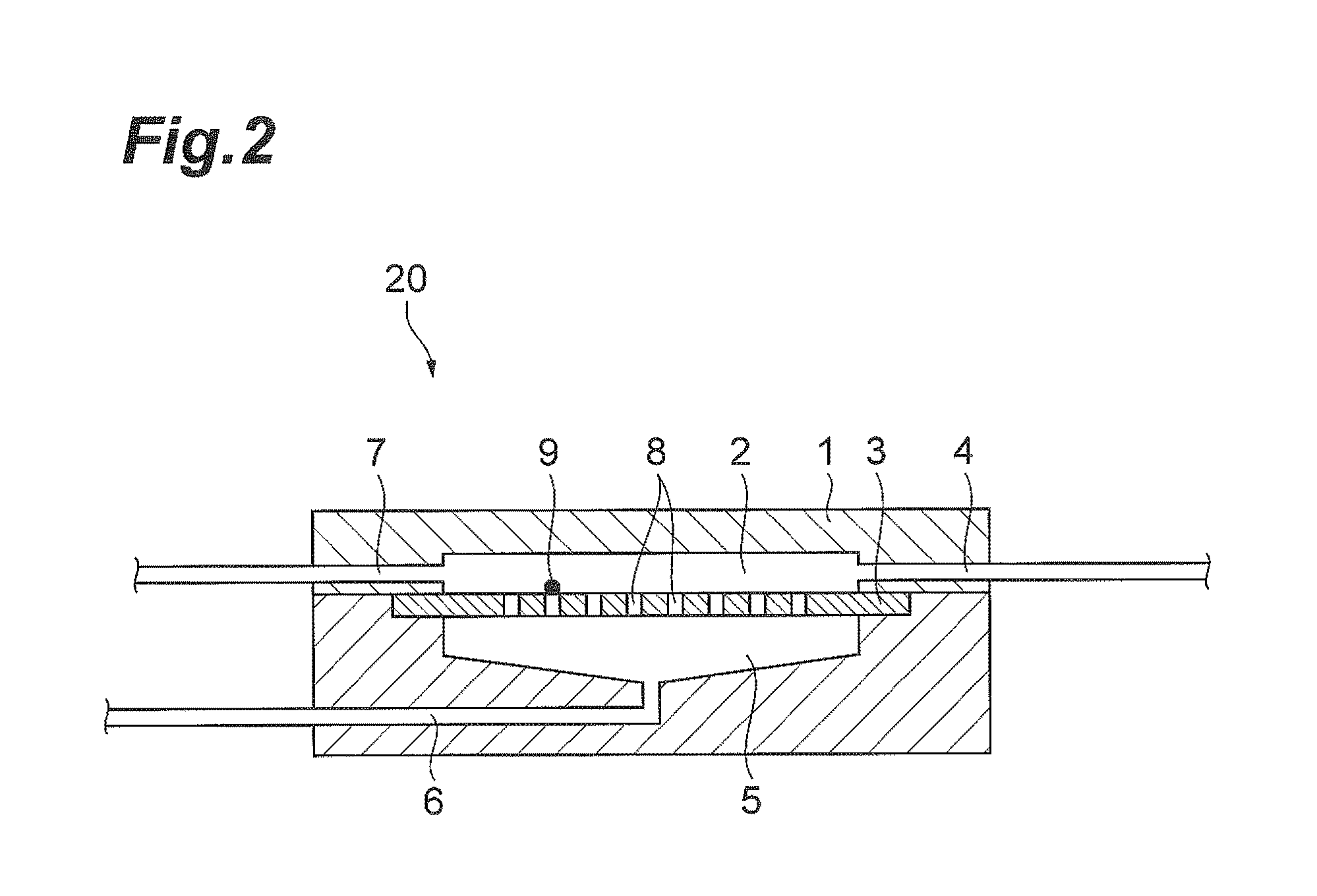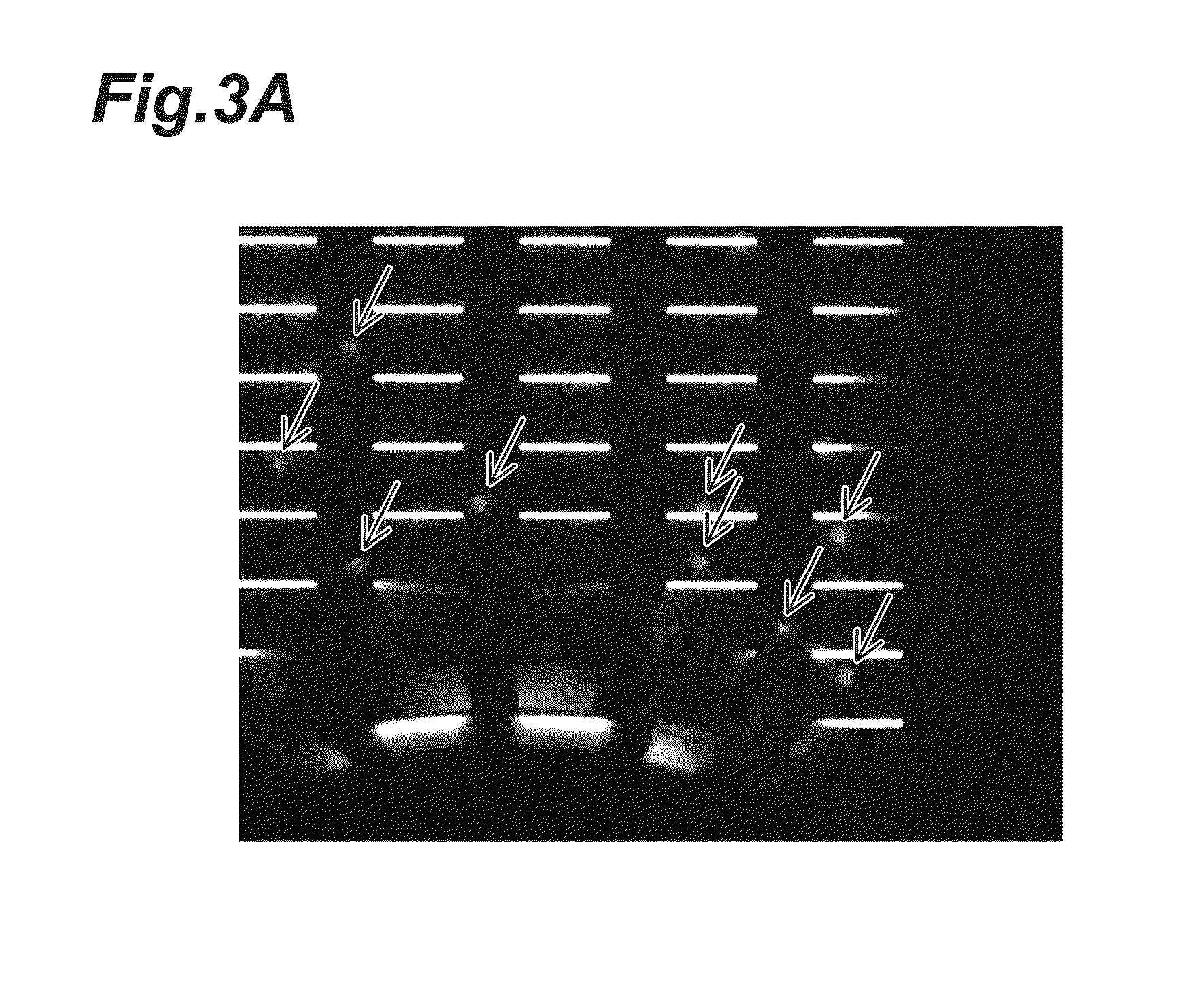Method of collecting of rare cells from the enclosed filters system
a filter system and cell collection technology, applied in the field of cell collection methods, can solve the problems of limited recovery of captured cells for downstream molecular or cellular analysis, and cannot capture all types of ctcs, and achieve the effect of higher recovery rate of cell collection
- Summary
- Abstract
- Description
- Claims
- Application Information
AI Technical Summary
Benefits of technology
Problems solved by technology
Method used
Image
Examples
example 1
[0046]Cell collection in centrifuge tube: Surface of the filter was pretreated with priming buffer (potassium phosphate monobasic (KH2PO4) 1.06 mM, sodium chloride (NaCl) 155.17 mM, sodium phosphate dibasic (Na2HPO4—7H2O) 2.97 mM in deionized water (D.I. water) along with fetal bovine serum (FBS) 20% and ethylenediaminetetraacetic acid (EDTA) 2 mM) for at least 5 minutes.
[0047]About 1000 NCI-H358 cancer cells in the same wash buffer was spike into 3 ml peripheral blood then process through CT6000 (Hitachi Chemical CTC capturing system) which includes fixing / lysing, permeabilization, cell staining and washing processes. The captured and stained cells on the filter are showing in FIG. 6A.
[0048]The enclosed filter unit was then shaken and processed the back / side flush procedure described in FIG. 4.
[0049]An about 3 ml wash buffer (Potassium Phosphate monobasic (KH2PO4) 1.06 mM, Sodium Chloride (NaCl) 155.17 mM, Sodium Phosphate dibasic (Na2HPO4—7H2O) 2.97 mM in deionized water (D.I. wat...
example 2
[0056]Direct cell collection: Surface of the filter was pretreated with priming buffer (potassium phosphate monobasic (KH2PO4) 1.06 mM, sodium chloride (NaCl) 155.17 mM, sodium phosphate dibasic (Na2HPO4—7H2O) 2.97 mM in deionized water (D.I. water) along with fetal bovine serum (FBS) 20% and ethylenediaminetetraacetic acid (EDTA) 2 mM) for at least 5 minutes.
[0057]About 1000 NCI-H358 cancer cells in the same wash buffer was spike into 3 ml peripheral blood then process through CT6000 which includes fixing / lysing, permeabilization, cell staining and washing processes. The captured and stained cells on the filter are showing in FIG. 8A.
[0058]The enclosed filter unit was then shaken and processed the back / side flush procedure described in FIG. 4.
[0059]An about 3 ml wash buffer (Potassium Phosphate monobasic (KH2PO4) 1.06 mM, Sodium Chloride (NaCl) 155.17 mM, Sodium Phosphate dibasic (Na2HPO4—7H2O) 2.97 mM in deionized water (D.I. water) along with bovine serum albumin (BSA) 0.5 mM and...
PUM
| Property | Measurement | Unit |
|---|---|---|
| volume | aaaaa | aaaaa |
| flow rate | aaaaa | aaaaa |
| volume | aaaaa | aaaaa |
Abstract
Description
Claims
Application Information
 Login to View More
Login to View More - R&D
- Intellectual Property
- Life Sciences
- Materials
- Tech Scout
- Unparalleled Data Quality
- Higher Quality Content
- 60% Fewer Hallucinations
Browse by: Latest US Patents, China's latest patents, Technical Efficacy Thesaurus, Application Domain, Technology Topic, Popular Technical Reports.
© 2025 PatSnap. All rights reserved.Legal|Privacy policy|Modern Slavery Act Transparency Statement|Sitemap|About US| Contact US: help@patsnap.com



